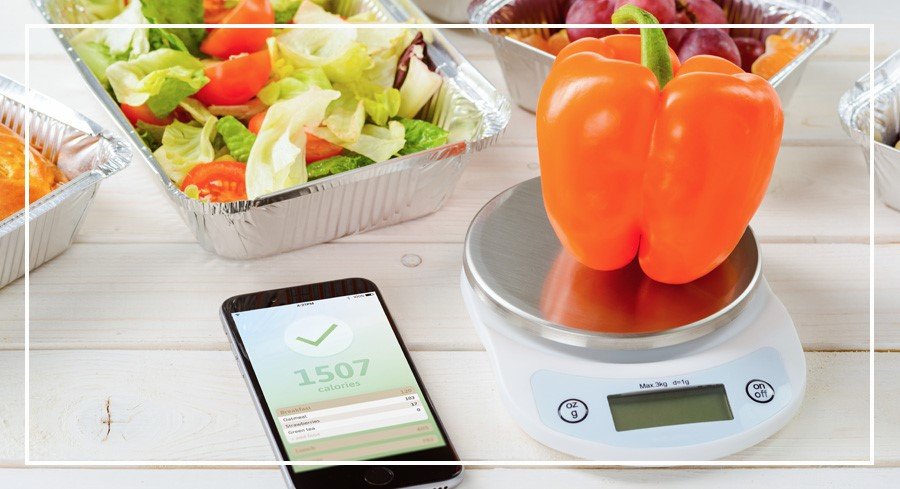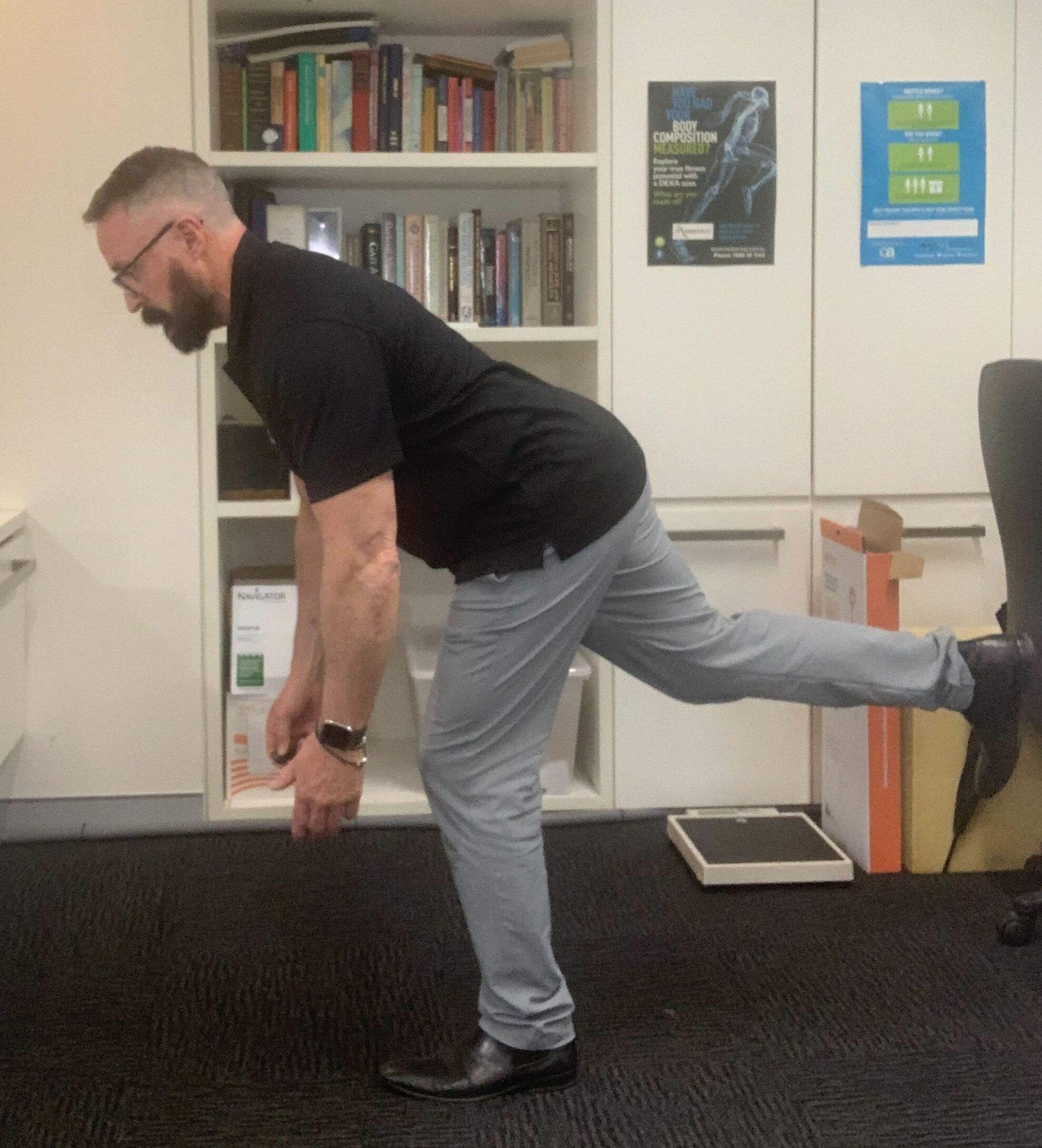 It’s no secret that an increase in body fat is often linked to an increase in morbidities. But is fat the only measurement that should be considered when determining if we are ‘healthy’ or not? No – in fact far from it.
It’s no secret that an increase in body fat is often linked to an increase in morbidities. But is fat the only measurement that should be considered when determining if we are ‘healthy’ or not? No – in fact far from it.
When we embark on a journey of transformation or aiming for an improvement in our health – the first thing we do is reach for the bathroom scales. Whilst the scales are great for measuring your mass, making a judgement of progress (or regress) based on scales could be very misleading – unless you can accurately measure the tissues that are changing. How can we measure changes in the different body tissues accurately?
In the health and fitness industry, various methods of measuring body composition are available, each with different levels of accuracy. Body mass index (BMI), skin folds, bioelectrical impedance analysis (BIA) and dual-energy X-ray absorptiometry (DEXA) – to name a few. The difference between them is that BMI, skin folds and BIA can only be used to predict compositional measurements, whilst DEXA measures the tissues directly.
DEXA is the gold standard measurement for body composition. The scan is quick and easy requiring nothing more than laying on the scanning bed for 3 minutes, fully clothed. The margin of error is +/-1.5% – making it accurate and reliable for comparison across points in time. It provides measurable information on relative fat and lean mass, for both regional areas and the total body. The scan also provides information regarding your risk of chronic disease by estimating visceral fat levels and additionally, information on bone health by measuring bone density. As we said – good health doesn’t just come down to how much you weigh on the scales, it’s important to understand that all different tissues of the body make up your weight. It’s valuable to see how they change with different diet and exercise programs.
A great example is a client that showed a 4kg loss on the scales. He worked incredibly hard over 12 weeks and was less than impressed with his results. Following his second DEXA scan he had actually lost 8kg of fat and put of 4kg of muscle – not surprising he threw out his scales.
Why waste time on a method that provides only weight? How can you expect to build a plan, carry out a program and measure your success? Simple – you can’t.
PIP TOCKUSS
B.CLINEXERPHYS, AES, ESSAM
Accredited Exercise Physiologist
References
Wells, J. C., & Fewtrell, M. S. (2006). Measuring body composition. Arch Dis Child, 91(7), 612–617. doi:10.1136/adc.2005.085522

